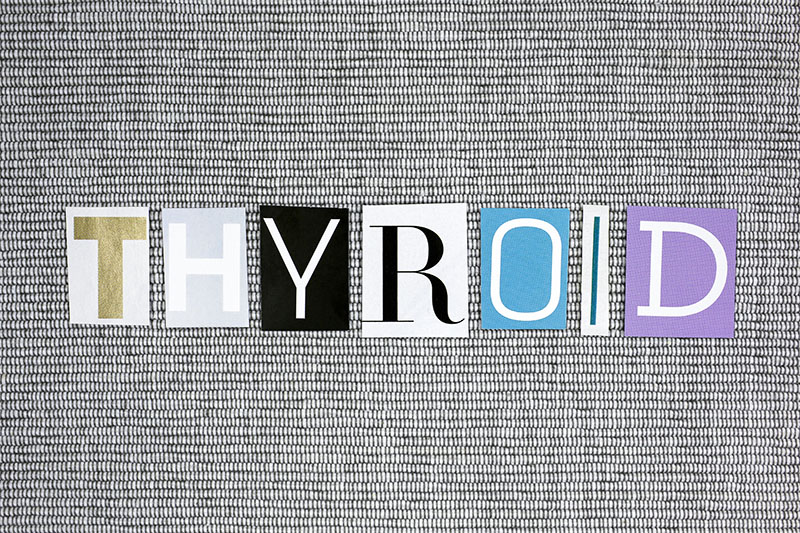Volume 112, Nº 6, June 2019
DOI: http://www.dx.doi.org/10.5935/abc.20190037
ORIGINAL ARTICLE
Subclinical Thyroid Dysfunction was not Associated with Cardiac Arrhythmias in a Cross-Sectional Analysis of the ELSA-Brasil Study
Kamilla Maria Araújo Brandão Rajão
Antônio Luiz Pinho Ribeiro
Valéria Maria Azeredo Passos
Isabela Judith Martins Benseñor
Pedro Guatimosim Vidigal
Cleber Pinto Camacho
Maria de Fátima Haueisen Sander Diniz
Dra. Kamilla Maria Araújo Brandão Rajão

Abstract
Background: The association of subclinical thyroid dysfunction (STD) with cardiac arrhythmias remains controversial, particularly in the non-elderly population.
Objective: To investigate whether STD was associated with cardiac arrhythmias in a cohort of middle-aged and older adults.
Methods: Baseline data of the Longitudinal Study of Adult Health, ELSA–Brasil (35–74 years) were collected from 2008 to 2010. After exclusion of clinical hypothyroidism and hyperthyroidism, participants were categorized as euthyroidism (TSH = 0.4–4.0 μU/mL), subclinical hypothyroidism (TSH > 4.0 μU/mL; FT4 = 0.8–1.9 ng/dL), and subclinical hyperthyroidism (TSH < 0.4 μU/mL; FT4 = 0.8–1.9 ng/dL). The prevalence rates of tachycardia (HR > 100) and bradycardia (HR < 60), atrial fibrillation/flutter, conduction disorders, extrasystoles, low QRS voltage, prolonged QT intervals, and persistent supraventricular rhythms were compared between groups after adjusting for age, sex, comorbidities, lifestyle, body mass index and medications.
Results: The HR data of 13,341 participants (52% female; median age, 51 years) and the electrocardiogram readings of 11,795 were analyzed; 698 participants (5.23%) were classified as subclinical hypothyroidism, 193 (1.45%) as subclinical hyperthyroidism, and 12,450 (93.32%) as euthyroidism. The prevalence of rhythm and conduction disorders was similar, as were HR medians, even in the subgroups with TSH < 0.01 UI/mL or > 10.0 UI/mL or in older adults. Conduction disorders were less prevalent in older adults with subclinical hypothyroidism (adjusted OR = 0.44; 95% CI 0.24 to 0.80).
Conclusion: In this large, multicenter and cross-sectional study, STD was not associated with cardiac arrhythmias, but a longitudinal assessment is necessary. (Arq Bras Cardiol. 2019; 112(6):758-766)
Keywords: Thyroid Diseases/complications; Pathologic Processes; Thyroropin (TSH); Arrhythmias, Cardiac; Adults.















